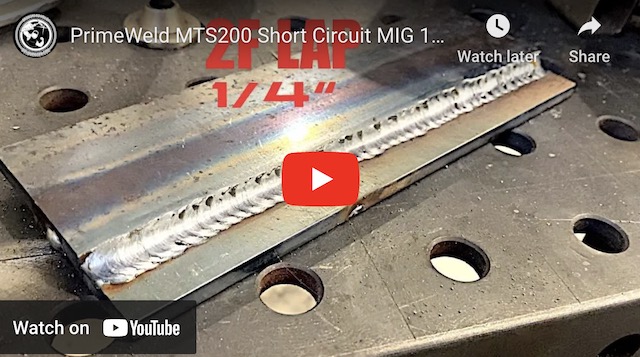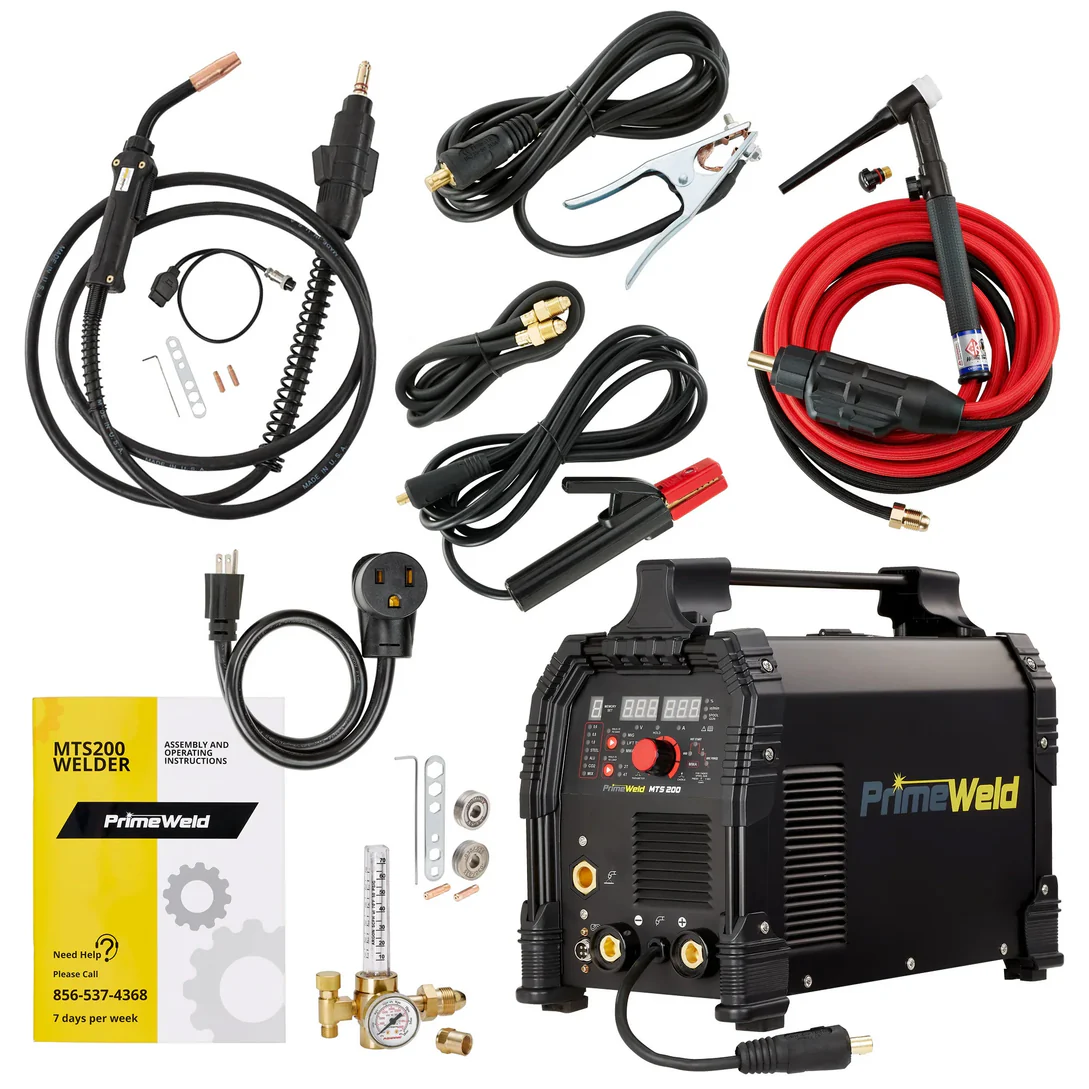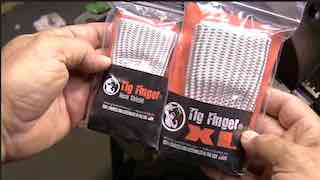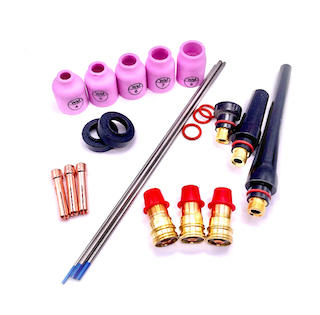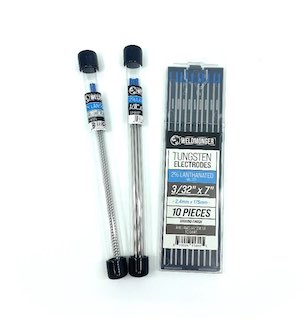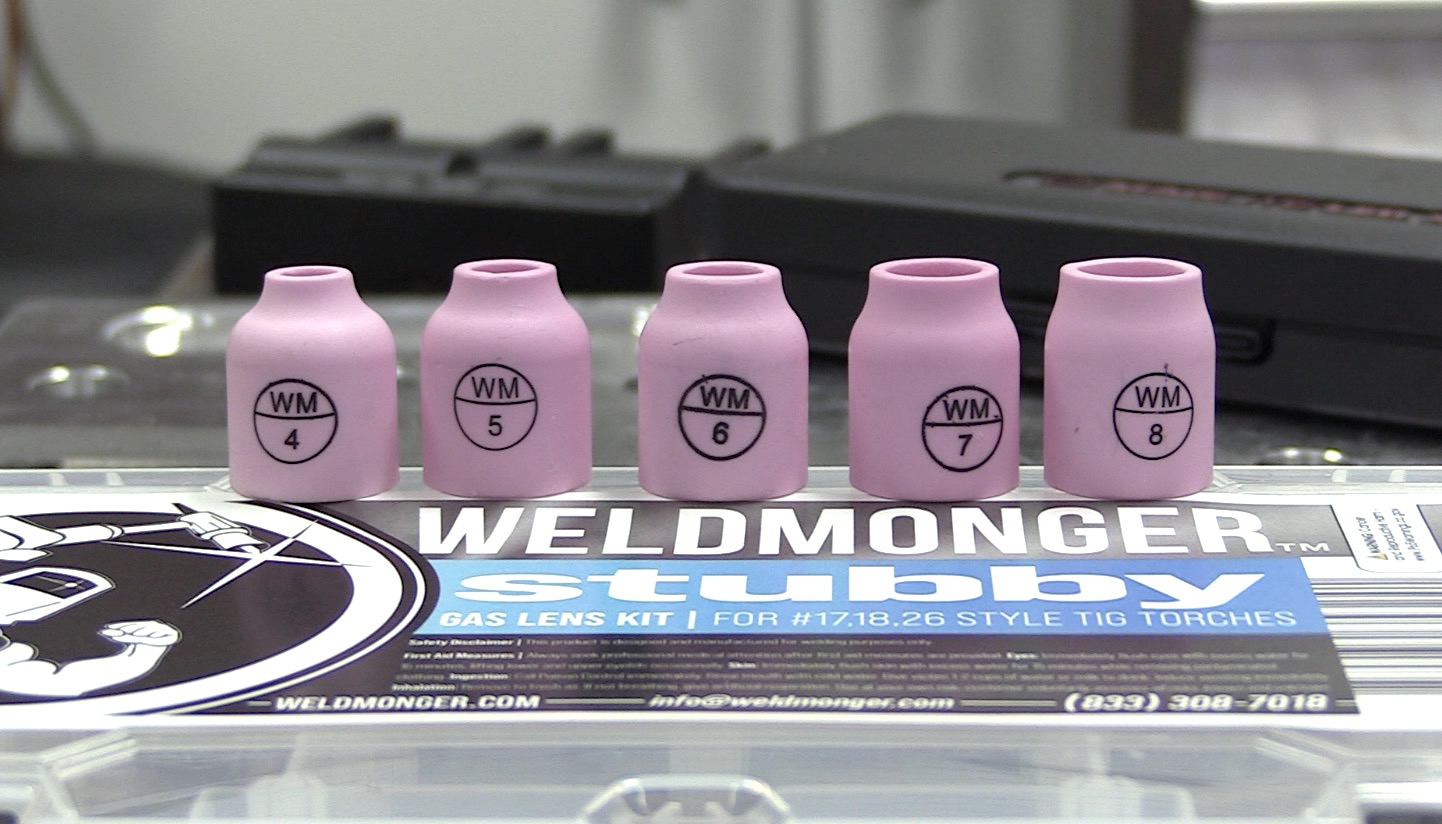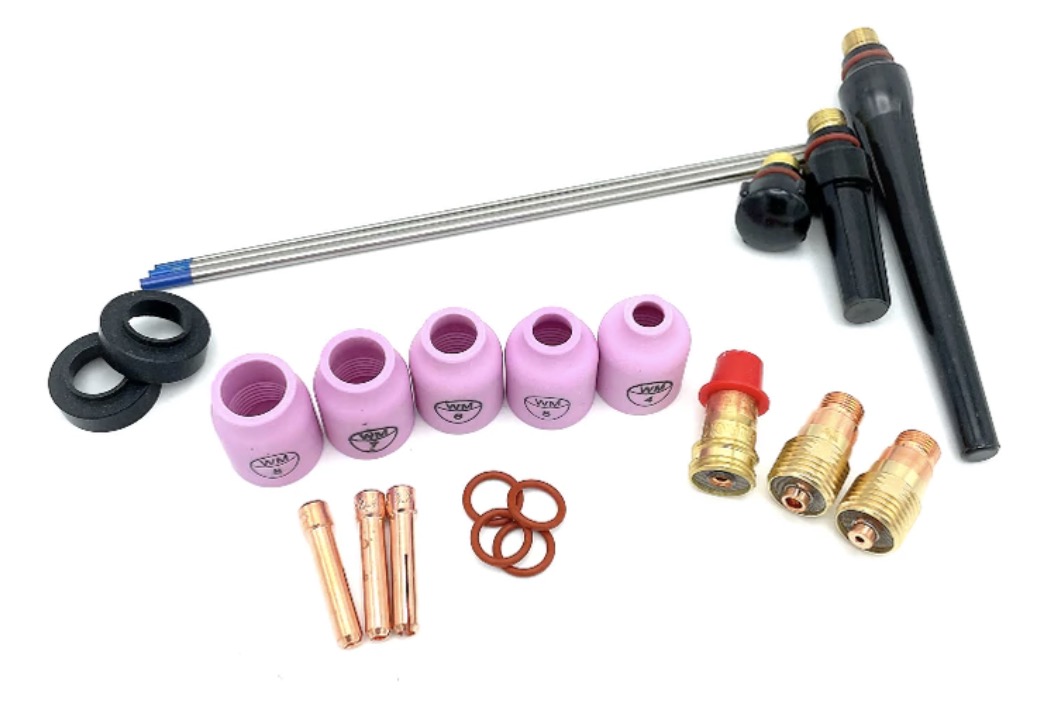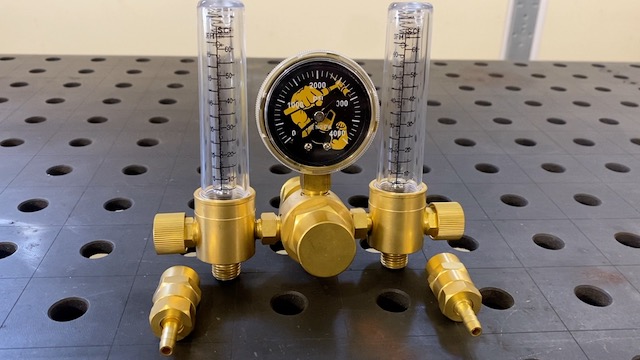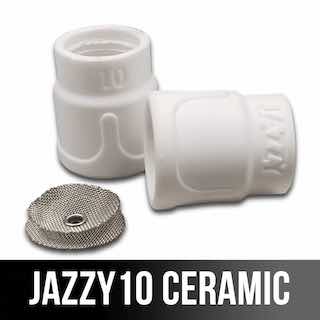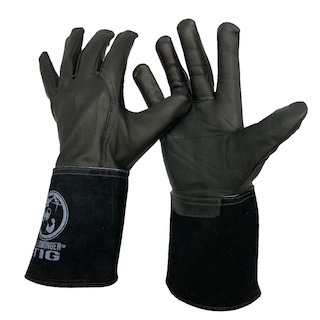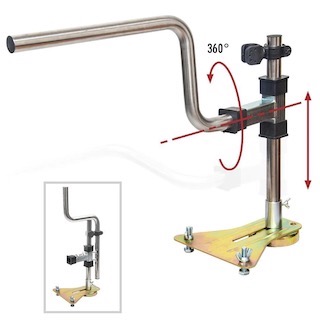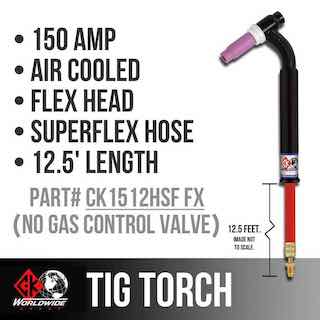Welding MIG TIG Stick (MTS200) PrimeWeld Videos
See most recent videos here
- HOME
- MIG WELDING
- Welding Mig Tig Stick
The first couple of minutes of the video above shows tips for mig welding a 1/4" carbon steel lap joint using a primeweld MTS200.
And since the welding machine I used was not just a mig welder but a MTS (MIG,TIG,STICK) welder that also does lift arc TIG and Stick welding, I also showed some Lift arc TIG and walking the cup technique.
An MTS (MIG,TIG,STICK) welder like the primeweld mts200 that is not only a great mig welding machine but also does lift arc tig and stick gives you a lot more options than a standard mig welder.
I use mine primarily as a MIG welder but it sure is nice to have the option of stick and lift arc TIG.
I highly recommend the PrimeWeld MTS200 as opposed to most other standard mig welders that only do MIG.
Settings used for MIG Welding a lap joint on 1/4" carbon steel using a primeweld MTS200
20 volts
310 inches per minute of wire speed
.035" ER70S-6
C25 (75/25 ARGON/CO2) 20-25 CFH
Each Welding Process has its Pros and Cons
Examples of Light to Medium Fabrication with short circuit MIG
Here are some examples of light to medium fabrication projects where short circuit MIG welding is commonly used due to its ease of use and ability to handle thin to moderately thick materials:
Light Fabrication Examples:Automotive Bodywork – Repairing or fabricating car panels, frames, and brackets.
- Furniture Frames – Welding mild steel for tables, chairs, or industrial-style furniture.
- HVAC Duct Frames – Building support structures or brackets for ventilation systems.
- Bicycle Frames & Accessories – Light tubing or custom steel add-ons.
- Metal Artwork – Sculptures or decorative pieces using thin steel or stainless.
Medium Fabrication Examples:
- Tool Benches & Work Tables – Using 1/8"–1/4" steel tubing and plate.
- Trailer Modifications – Frame adjustments, hitch mounts, or fender repairs. ( caution: downhill mig on 1//4" and thicker often has lack of fusion)
- Utility Racks & Frames – For trucks, shops, or garages.
- Machine Guards or Panels – Fabricated from sheet steel for industrial use.
- Agricultural Equipment Repair – Fixing metal gates, brackets, or mounts.
These projects benefit from the low heat input and clean arc control of short circuit MIG, making it ideal for minimizing warping on thinner materials while still penetrating thicker stock with proper setup and uphill techniques.
What are some situations where lift arc TIG comes in Clutch?
There are times when neither MIG or Stick are ideal for the job at hand.
If you have the option of lift arc TIG, you can handle thin stainless jobs and many other repairs.
Because the MTS200 is a very light and portable machine, portable welding is an option.
But when you show up to MIG weld a platform and someone asks if you can also weld a stainless bracket that has been causing conveyor belt problems, you can either stick weld it, or use lift arc tig provided you have pure argon on your work truck.
Lift arc TIG can also be used for sanitary stainless
So with one machine, you have many more options than you would with a dedicated mig welder.
When STICK Welding is Better than MIg
While MIG welding is popular for its ease and speed, stick welding (SMAW) outperforms MIG in several key situations—especially when durability, portability, and simplicity matter most. Here's when stick welding is the better choice:
1. Outdoor or Windy Conditions
Stick welding doesn't rely on shielding gas like MIG, so it's far less affected by wind. This makes it ideal for outdoor work on construction sites, farms, and remote job sites where gas shielding would blow away.
2. Dirty, Rusty, or Painted Metal
Stick electrodes are more tolerant of surface contaminants. They can burn through rust, mill scale, or paint better than MIG, which demands a clean surface for a solid weld. For maintenance or repair work, stick welding often saves time on prep.
3. Remote or Rural Locations
Stick welding equipment is rugged and simple. No need for gas cylinders, wire feeders, or high-end machines. It works well with generator power and minimal setup, which is great for field repairs and backwoods builds.
4. Thick Steel & Heavy-Duty Projects
Stick welding penetrates deep and handles thick materials easily. It's widely used in structural steel, pressure vessels, pipelines, and heavy equipment repair—areas where strength and code compliance are critical.
5. Budget Welding
Sometimes you need to make a stainless repair or use ER309 stick rods when you need to weld some steel of unknown makeup.
Stick electrodes are less expensive than spools of wire and there’s no need for shielding gas—making it more accessible for learning and light fabrication.
In short, if you're working in tough conditions, dealing with dirty metal, or need max portability—stick welding wins.


